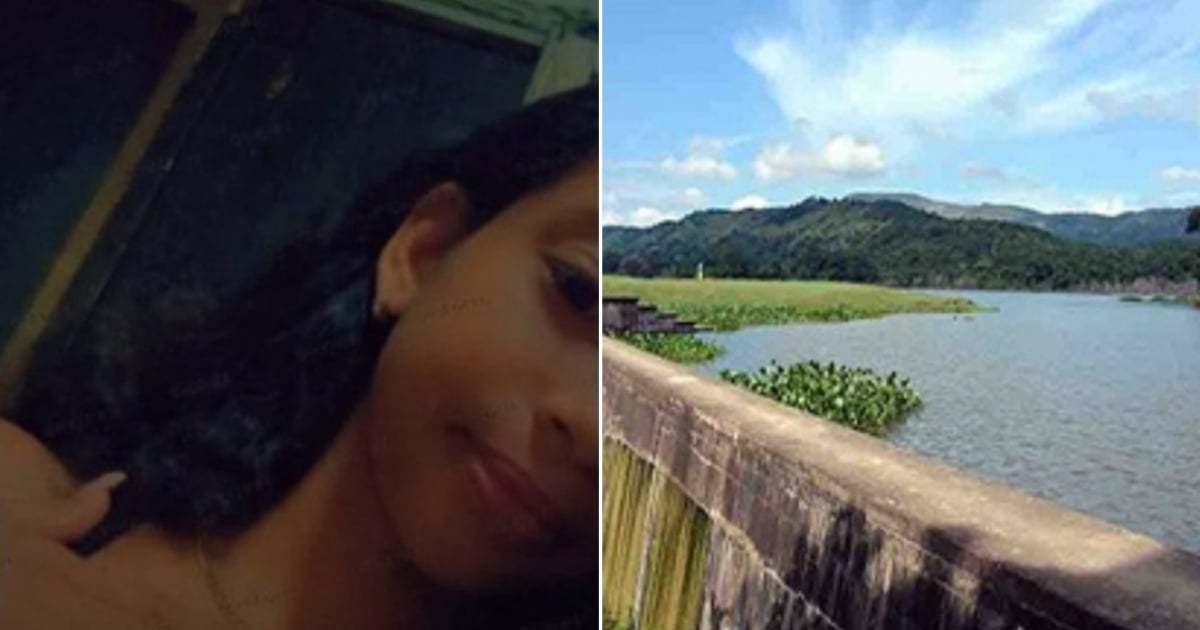A heartbreaking incident has deeply affected the Boniato neighborhood in Santiago de Cuba, following the drowning of 16-year-old Rosa María Espinosa Quesada, affectionately nicknamed "Rosita" or "La Flaca." This tragedy occurred on Friday afternoon at the Chalons reservoir. The young girl, who had celebrated her 16th birthday just four days earlier, was enjoying a swim at the reservoir when she suddenly vanished from sight.
According to independent journalist Yosmany Mayeta Labrada, after losing contact with her, those present immediately alerted the firefighters, who launched an intense search in the area. Her lifeless body was discovered at 7:54 pm by rescuers from the Vista Alegre Station, Command 4, part of the Rescue and Salvage Squad.
Aris Arias Batalla, responsible for Operations and Relief at the Ministry of Public Health (MINSAP) in Santiago de Cuba, confirmed the incident. "An unfortunate aquatic accident has deeply affected the residents of CP Boniato. Just four days after her 16th birthday, Rosa María lost her life in the Chalons reservoir," Arias Batalla wrote on his Facebook profile, adding, "I will respect this moment, share in the pain of these parents and relatives, but this should NOT have happened!"
Mayeta Labrada also expressed profound sorrow over the loss: "To her family, friends, neighbors, and loved ones, we offer our deepest condolences on behalf of our page and its followers."
Increased Risks and Lack of Prevention During Summer
This tragic event adds to a growing list of similar accidents that cast a shadow over Cuban families every summer. The lack of supervision, unrestricted access to hazardous areas, and inadequate signage in reservoirs, rivers, and coastal areas exacerbate the dangers faced by children and teenagers during the summer season.
Both Arias Batalla and Mayeta Labrada emphasized the need to heighten safety measures during these months, as the population, affected by the energy crisis and lack of recreational options, increasingly turns to places like reservoirs or rivers to cool off, often without the minimum safety conditions.
The absence of controls and preventive actions by local authorities continues to reveal a recurring reality that repeats with fatal consequences each year. The nation continues to endure preventable tragedies while state resources are allocated to sectors unrelated to citizen welfare.
The death of Rosa María Espinosa Quesada leaves an irreparable void in her family and once again highlights the high cost of social neglect in Cuba. May her story not fade into oblivion, serving as a warning to prevent other families from experiencing the same grief.
Understanding the Dangers of Unsupervised Swimming in Cuba
What factors contributed to the drowning of Rosa María Espinosa Quesada?
The lack of supervision, inadequate signage in hazardous areas, and unrestricted access to the Chalons reservoir were significant factors that contributed to this tragic incident.
Why are there increased risks during the summer in Cuba?
During the summer, the population, affected by the energy crisis and lack of recreational options, often visits natural water bodies to cool off, leading to increased risks due to insufficient safety measures and supervision.
What actions are being called for to prevent similar tragedies?
Authorities and journalists are urging for heightened safety measures, better supervision, and more comprehensive preventive actions by local authorities to prevent such avoidable tragedies.
